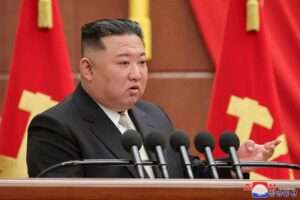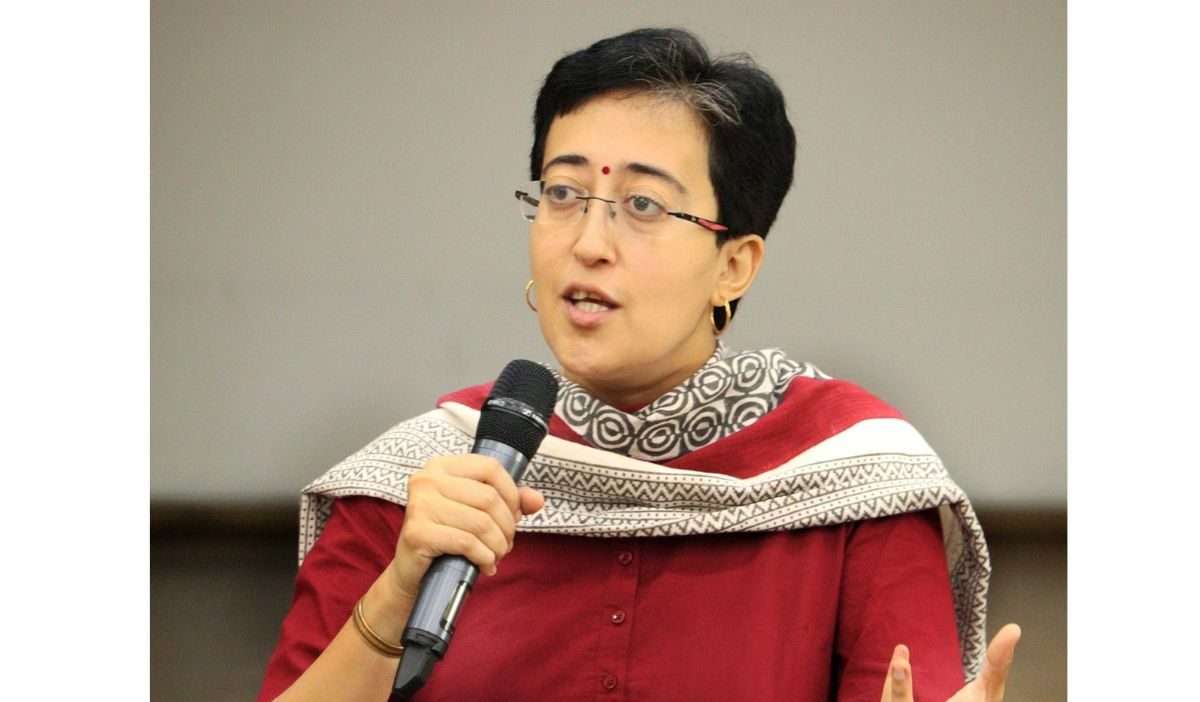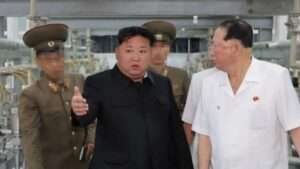South Korea on High Alert: How Kim’s Nuclear Plans Could Ignite Conflict
South Korea on High Alert: How Kim’s Nuclear Plans Could Ignite Conflict
New York : The recent release of photos from inside a North Korean uranium enrichment facility is a highly troubling development, signaling a significant escalation in the country’s nuclear ambitions. For the first time, the world has been shown images of a facility that plays a critical role in producing uranium, the primary material used in nuclear warheads. This public display, featuring leader Kim Jong Un, highlights several alarming trends and potential future risks for global security.
1. A Direct Challenge to Global Security
North Korea’s decision to release these images sends a clear and defiant message to the international community. The visible presence of Kim Jong Un, inspecting rows of centrifuges used to enrich uranium, suggests the regime’s confidence in its nuclear program. His call to increase uranium production underscores a long-term commitment to expanding the country’s nuclear arsenal, which directly undermines global non-proliferation efforts.
The timing of this display, during heightened tensions on the Korean Peninsula, exacerbates fears of a potential regional arms race. South Korea, which already views North Korea as a severe threat, condemned the action, while the broader international community, including the United Nations, continues to call for denuclearization. North Korea’s refusal to abide by these resolutions raises concerns that the situation may spiral into further instability.

2. Opacity Surrounding Nuclear Sites
North Korea’s refusal to disclose the specific location of Kim’s visit—whether it was at the Yongbyon nuclear complex or another secret facility—only deepens the uncertainty. Experts have long speculated that North Korea operates undisclosed enrichment sites beyond known locations such as Pongpyong. The existence of hidden facilities makes it nearly impossible to accurately assess the full scope of the country’s nuclear capabilities.
This lack of transparency should concern global powers, as it prevents effective monitoring or containment. If North Korea is operating multiple enrichment sites, its ability to rapidly expand its nuclear arsenal is far more robust than previously estimated. The regime’s nuclear program is not only active but also increasingly difficult to track or limit through diplomatic or military means.
3. Irreversibility of the Nuclear Program
Experts, including Leif-Eric Easley from Ewha University, have suggested that the release of these photos is part of North Korea’s strategy to boast about its irreversible nuclear development. This is particularly worrisome as it signals that the regime has no intention of slowing down or negotiating its nuclear stockpile away.
Hong Min from the Korea Unification Institute believes this display is also a message to the international community, particularly to the next U.S. president. By showcasing its advanced nuclear capabilities, North Korea is indicating that complete disarmament is an impossible objective. This diminishes hopes for future diplomatic negotiations aimed at denuclearization and puts any forthcoming disarmament talks in jeopardy.
4. North Korea’s Diplomatic Shield
Another dimension to this worrying development is North Korea’s potential reliance on diplomatic backing from China and Russia. Despite global condemnation, the Kim regime may feel emboldened by its strategic partnerships with these powerful allies, particularly at a time when global political alignments are shifting. If China and Russia continue to support North Korea, whether directly or indirectly, it makes coordinated international efforts to halt its nuclear program far less effective.
The ability of North Korea to flaunt its nuclear ambitions without significant consequences could also inspire other nations to pursue similar paths, weakening the international nuclear non-proliferation regime.
5. Escalating Regional Tensions and Risks of Conflict
The immediate and regional consequences of North Korea’s expanding nuclear capabilities are profound. South Korea’s Unification Ministry has condemned the move, vowing to rely on its alliance with the United States for deterrence. However, the risk of miscalculation remains high. A single provocative action or misunderstanding between the two Koreas could lead to a catastrophic military conflict, with devastating consequences for the Korean Peninsula and beyond.
The broader Asia-Pacific region is also on edge. Japan, a close U.S. ally, has consistently viewed North Korea’s nuclear and missile programs as existential threats. If the arms race escalates, it could force Japan, South Korea, and even Taiwan to reconsider their defense strategies, potentially leading to greater militarization in the region.
6. Uncertainty Over Nuclear Stockpile
Estimates suggest that North Korea may already possess 50 nuclear weapons, with enough enriched material to manufacture at least 40 more. This raises critical questions about how and when North Korea might choose to deploy or demonstrate these weapons. The regime’s unpredictable nature and its history of using brinkmanship as a negotiation tactic mean that the potential for a nuclear test or a show of force cannot be ruled out.
Such actions would only heighten tensions and push the international community towards harsher sanctions or military posturing, further isolating North Korea but also increasing the risk of a dangerous confrontation.

Conclusion: A Troubling Path Forward
North Korea’s recent actions underscore its determination to cement its status as a nuclear power, with little regard for international norms or diplomacy. The public display of a uranium enrichment facility, combined with calls to increase nuclear weapons production, heightens the already precarious situation on the Korean Peninsula. This latest move not only challenges regional security but also poses a direct threat to global non-proliferation efforts.
The international community, particularly the U.S. and its allies, now faces a difficult decision: how to respond to North Korea’s ongoing nuclear development without sparking a military conflict, while also addressing the regime’s growing confidence that its nuclear program is irreversible. Diplomatic avenues remain fraught with challenges, and the risks of escalation appear higher than ever.













Post Comment
You must be logged in to post a comment.